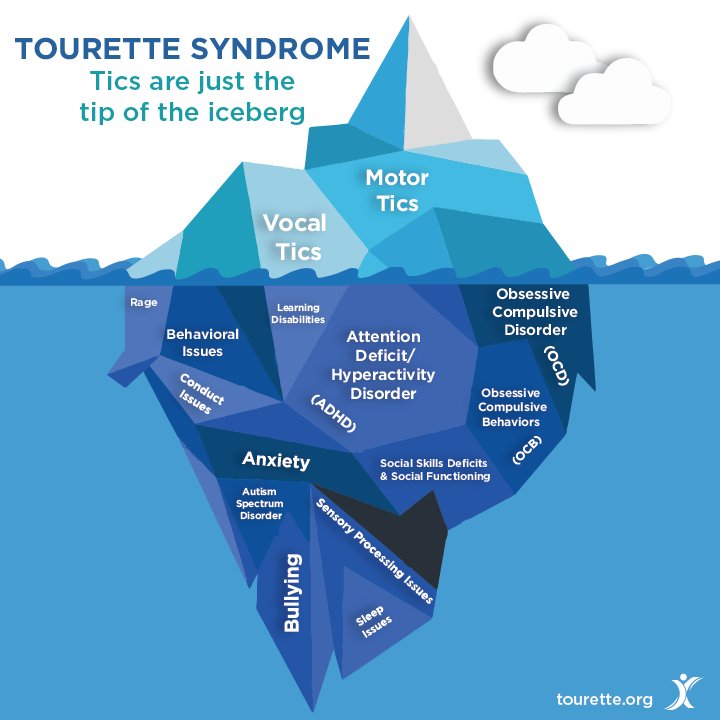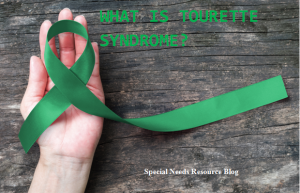Posted by:
Post Date: September 22, 2020
What is Tourette Syndrome?
According to the Tourette Association of America, tics are involuntary, repetitive movement and vocalizations. They are the defining feature of a group of childhood-onset, neurodevelopmental conditions known collectively as Tic disorders and individually as Tourette Syndrome.
Tics are common in childhood. The estimated prevalence of Tourette Syndrome disorder range from 3 to 8 per, 1,000 in school-aged children. Males are more commonly affected than females. Some people may have tic-free periods of weeks to months.
There are three types:
- Motor tics cause a movement including eye blinking, facial grimacing, jaw movements, and head bobbing
- Vocal/phonic tics produce a sound including throat clearing, grunting, hooting, and shouting
- Provisional tic disorders involve a person who experiences involuntary motor and/or verbal tics for one year.
Signs and Symptoms:
Tic Disorders:
- eye blinking
- coughing
- throat clearing
- sniffing
- facial movement
- shoulder shrugging
Vocal Tics:
- barking or yelping
- grunting
- repeating what someone else says
- shouting
- sniffing
- swearing
Co-Occurring Disorders Include:
- Attention Deficit/Hyperactivity Disorder (ADHD)
- Obsessive -Compulsive Disorder
- Learning difficulties
- Behavior problems
- Anxiety
- Mood problems
- Sleeping issues
- Social skills and deficits

Risk Factors
- Temperamental- it is worsened by anxiety, excitement and exhaustion.
- Environmental- observing a gesture or sound in another person my result in an individual with a tic disorder making a similar sound.
- Genetic- genetics and environmental factor influences tic symptoms.


